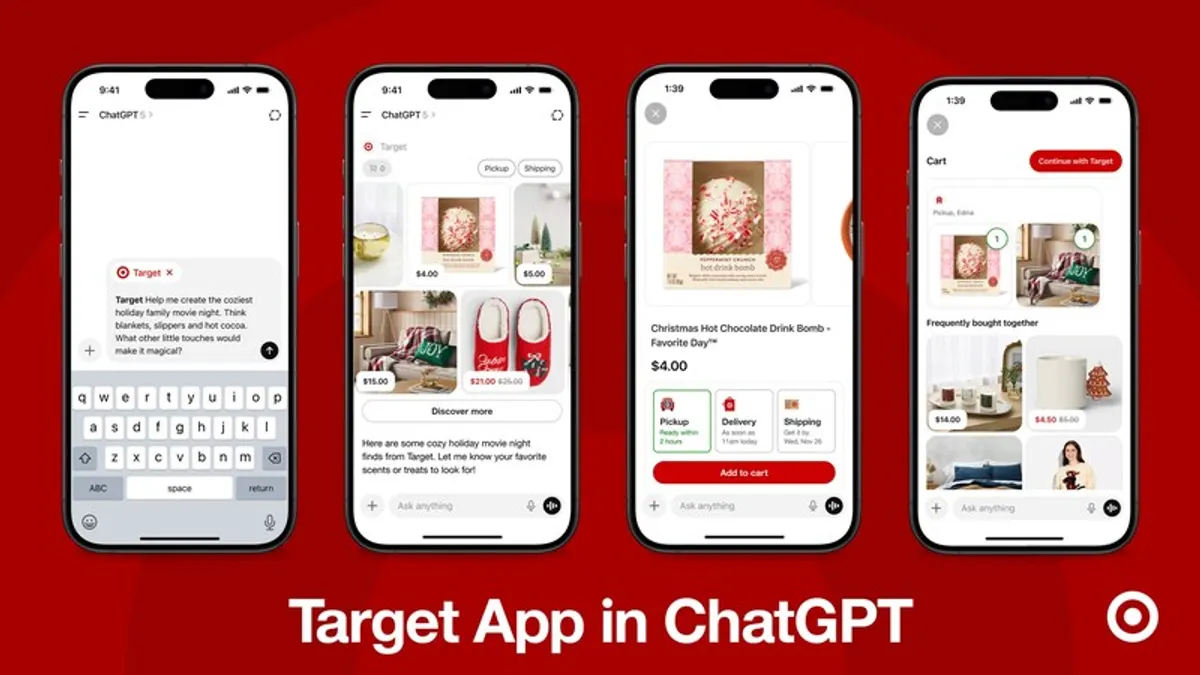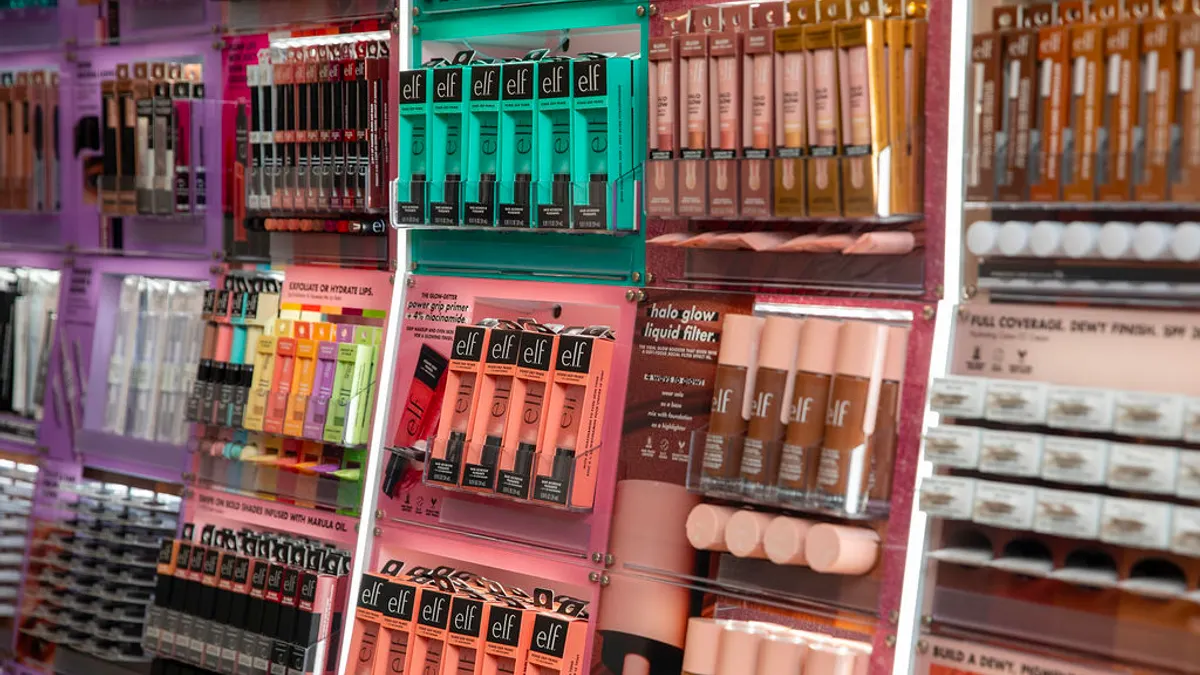The following is a guest post from Seujan Bertram, VP of global operations at OpenMarket. Opinions are the authors' own.
For some time, SMS has been the go-to platform for communications that are personalized and guaranteed to reach the recipient. The accessibility and ease of which SMS can be tailored to customers suggests brands still use it to connect with customers around the world.
The success of SMS lies in its delivery success and read rate. Open rates for SMS near 98%, whereas email can only offer open rates that hover around 20%. Simply put, text messages are more likely to be read than an email.
As brands and public bodies try to stay connected to consumers amid the COVID-19 pandemic, SMS has become an even more essential channel to facilitate open communication. Mobile operators are working hard alongside messaging solutions providers to ensure valid and necessary COVID-19 content is getting through and being read.
Unfortunately, during times of crisis and uncertainty, cybercrimes become more common as hackers see easy targets across digital platforms. With many people staying home due to the pandemic, remote workers are falling victim to phishing attacks and other fraudulent attempts at obtaining sensitive information. With the rise of online shopping in recent months, FedEx warns of fraudulent shipping updates being sent to consumers. Additionally, contact tracing measures may lead to a renewed surge in smishing attacks, also known as SMS phishing, when criminals use mobile messages to impersonate organizations.
Keeping COVID-related spam and smishing attacks off the network is a huge challenge that requires collaboration across sectors. Google alone saw more than 18 million daily malware or phishing emails referencing COVID-19, and the FBI reports cybercrimes have quadrupled since the pandemic began.
COVID-19 SMS spam vs. smishing
Spammers are using alerts to collect contact details of people who show themselves to be susceptible to these types of messages. Those like, "Your FedEx package is on the way. Please click the link to set delivery preferences and receive tracking information" may seem innocuous to most, which is precisely why they are so successful. They're designed to be far more nefarious. Anyone who replies could find themselves inundated with similar types of spam messages, ranging from nuisance marketing to attempts to gain more sensitive information. Inevitably, spammers will try to lure people into responding with the promise of virus treatments or testing kits. The opportunities to dupe unsuspecting individuals are, unfortunately, endless in times like these.
Smishing texts may try to win trust by claiming to be from government agencies or other known organizations. They tend to include a link to a fake website designed to trick people into giving away their financial and personal information such as bank details, passwords and credit card numbers through promises of government stimulus payments or by soliciting donations for a worthy philanthropic cause. These websites are often sophisticated and well-designed, appearing almost indistinguishable from an official website.
Working together
Despite these threats, there are several ways to ensure individuals are protected online. Messaging solution providers typically have filters in place that identify COVID-19 related spam terms and sender IDs and block them from reaching end users. In the U.S., several sender IDs have already been blacklisted, such as those that have tried to take advantage of consumers by claiming to be related to COVID-19 or referencing the U.S. government. These filters are highly sophisticated and are able to identify spam and smishing messages with little risk of blocking genuine COVID-19 traffic from enterprises. The filters also offer the option to whitelist your programs with your SMS partner to ensure your important messages are delivered successfully and on time.
However, the battle doesn't end there. We also need help from partners sending on behalf of other businesses. There are ways to empower people to take action against suspected spam or smishing, such as forwarding messages to the number 7726 (which spells "SPAM"). The service is backed by the Global Association of Wireless Carriers, makes it easy for people to report the unsolicited messages and enables multiple carriers to better identify spammers collectively. More initiatives like this will help identify spam and smishing quicker and easier than before.
Organizations can also act as a good partner by alerting customers that it will never ask for sensitive information or by warning them to avoid responding to numbers they do not recognize or deem suspicious.
Mobile messaging becomes a crucial channel in crises
The combined coverage of 2G, 3G and 4G networks means SMS can reach the vast majority of people in the world. No matter whether you own the latest smartphone or a simple feature phone, SMS allows the sharing of vital information — especially important for non-digital savvy users who are often the most at risk for isolation.
It is vital for brands to keep customers informed and updated, especially in uncertain times. SMS offers brands a way to do just that, creating an authentic connection that will last beyond the current crisis. Fortunately, SMS is still largely a spam and fraud-free channel, but we all have to double down on efforts to protect it and the public during an already stressful environment.




















